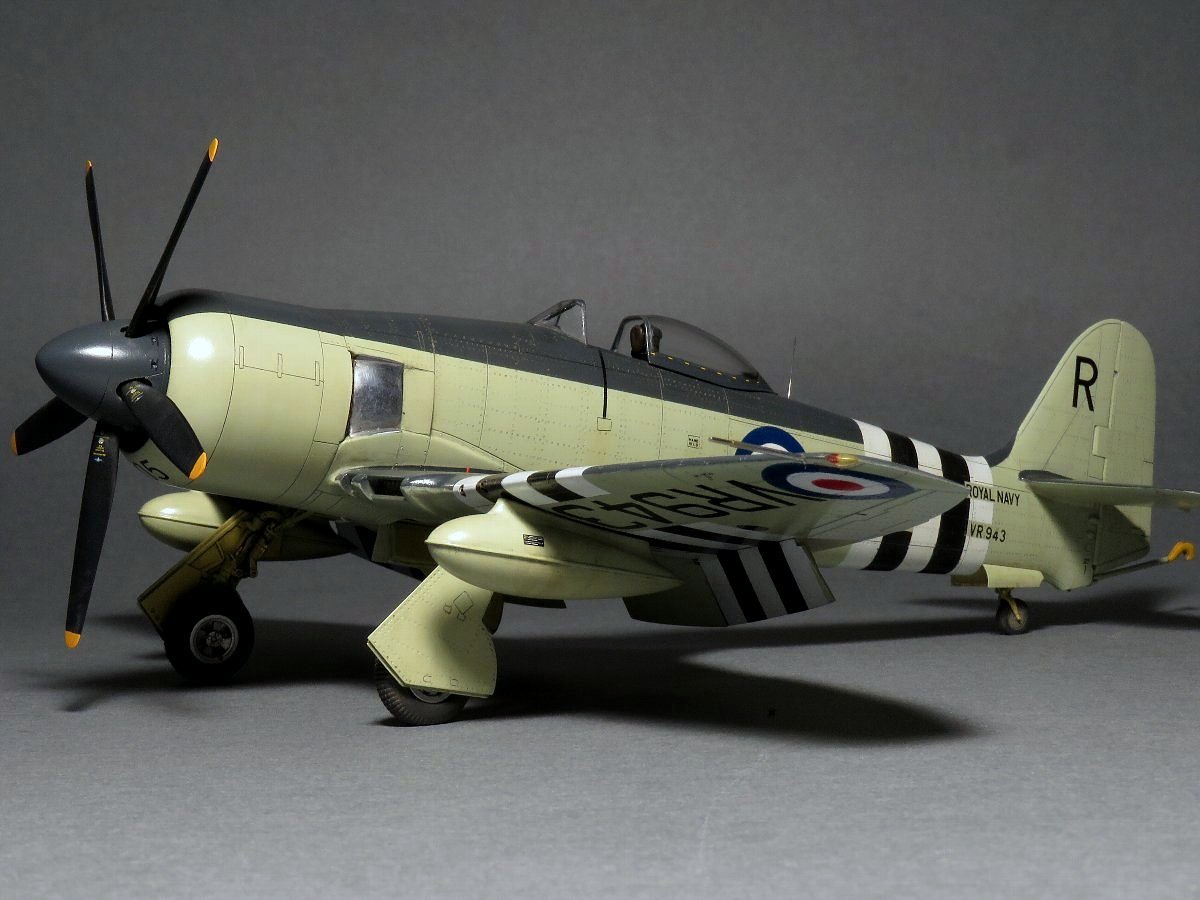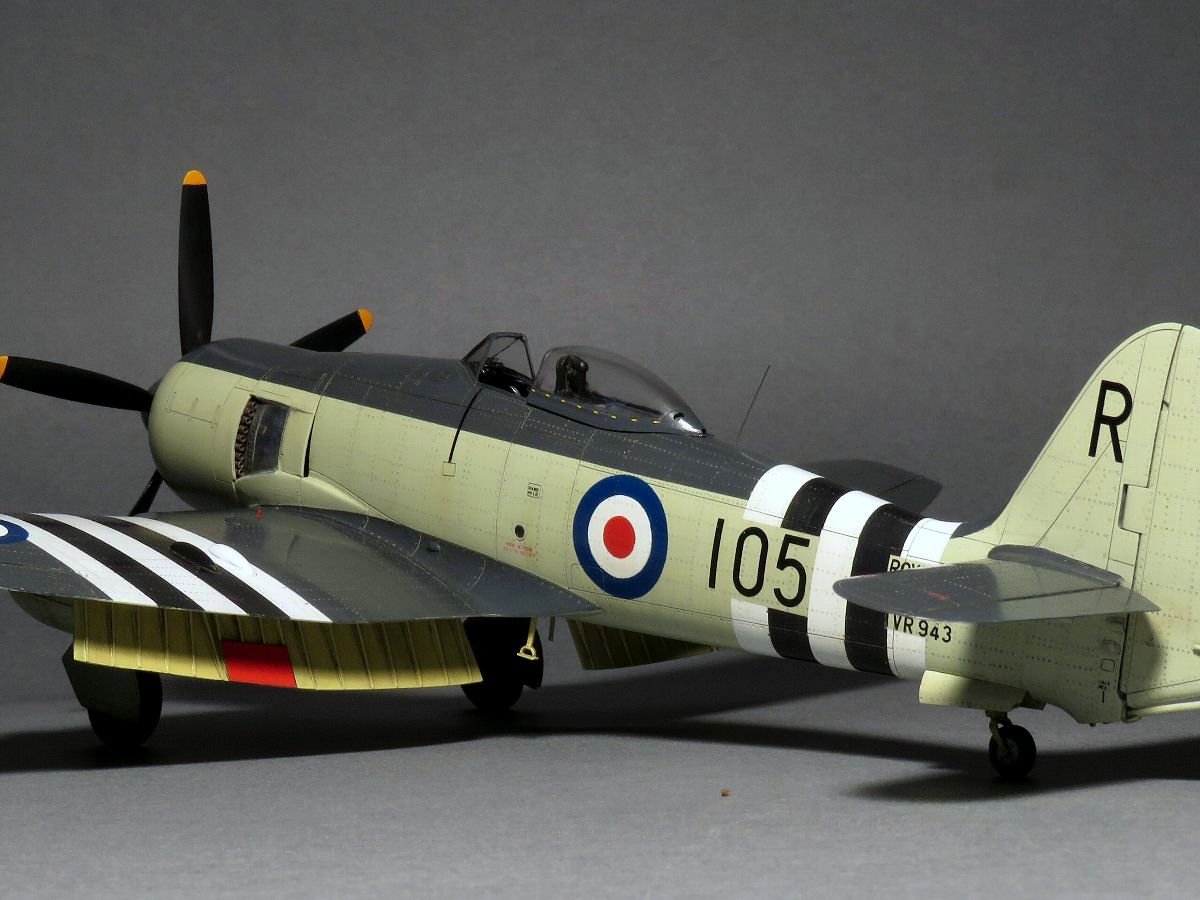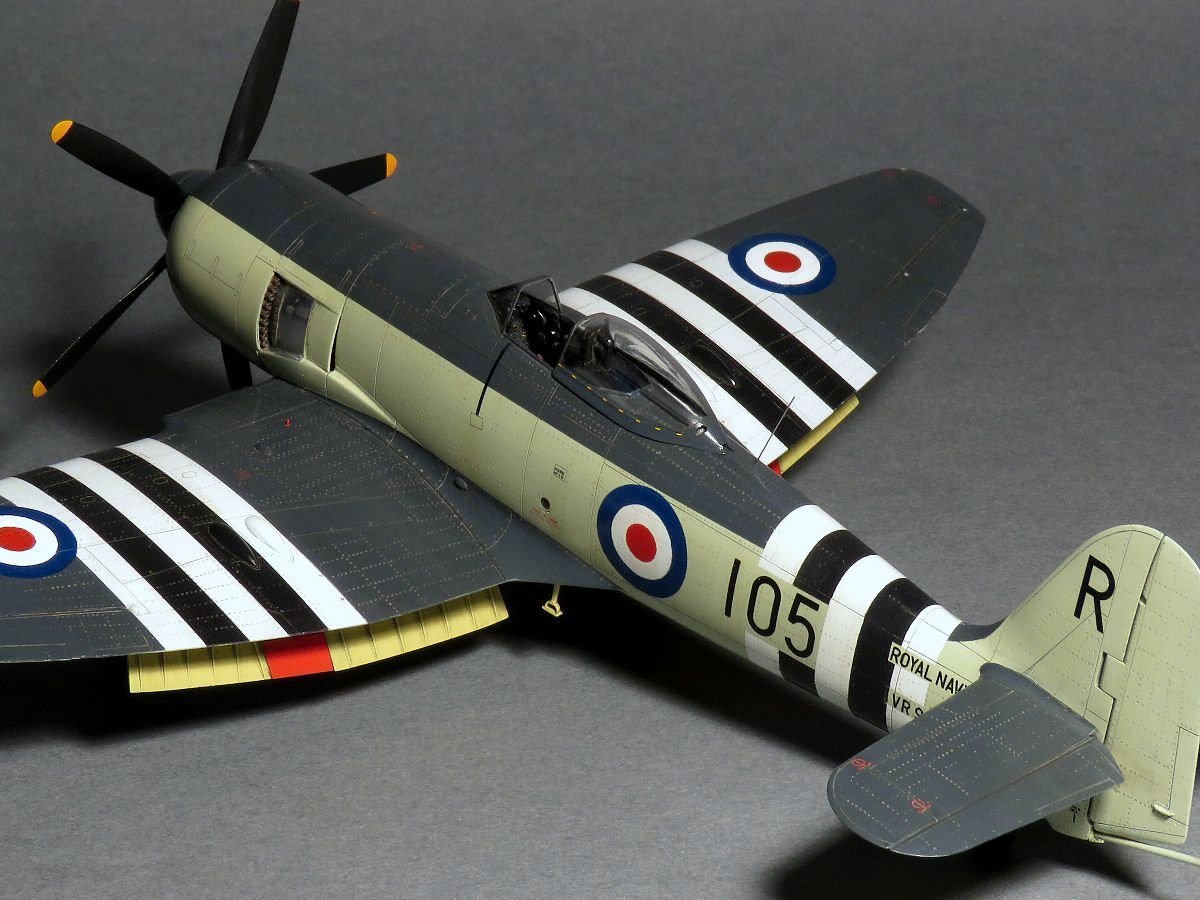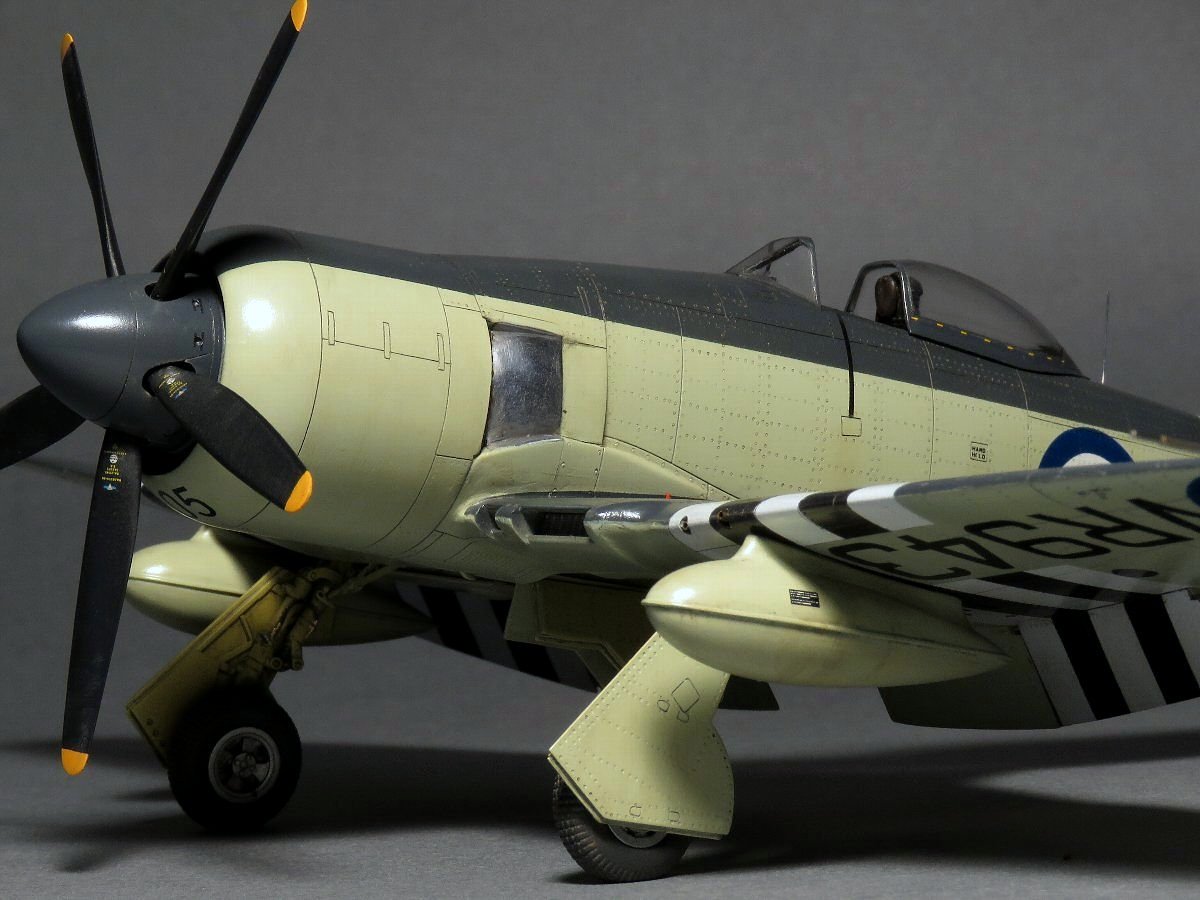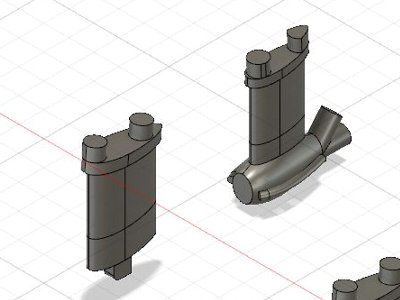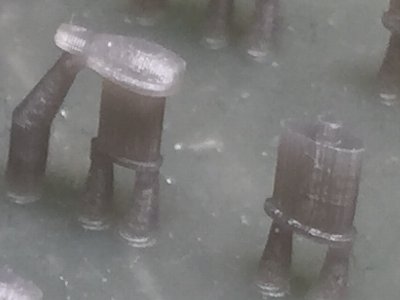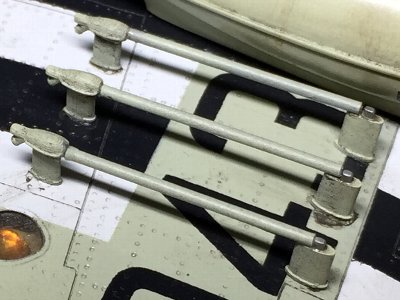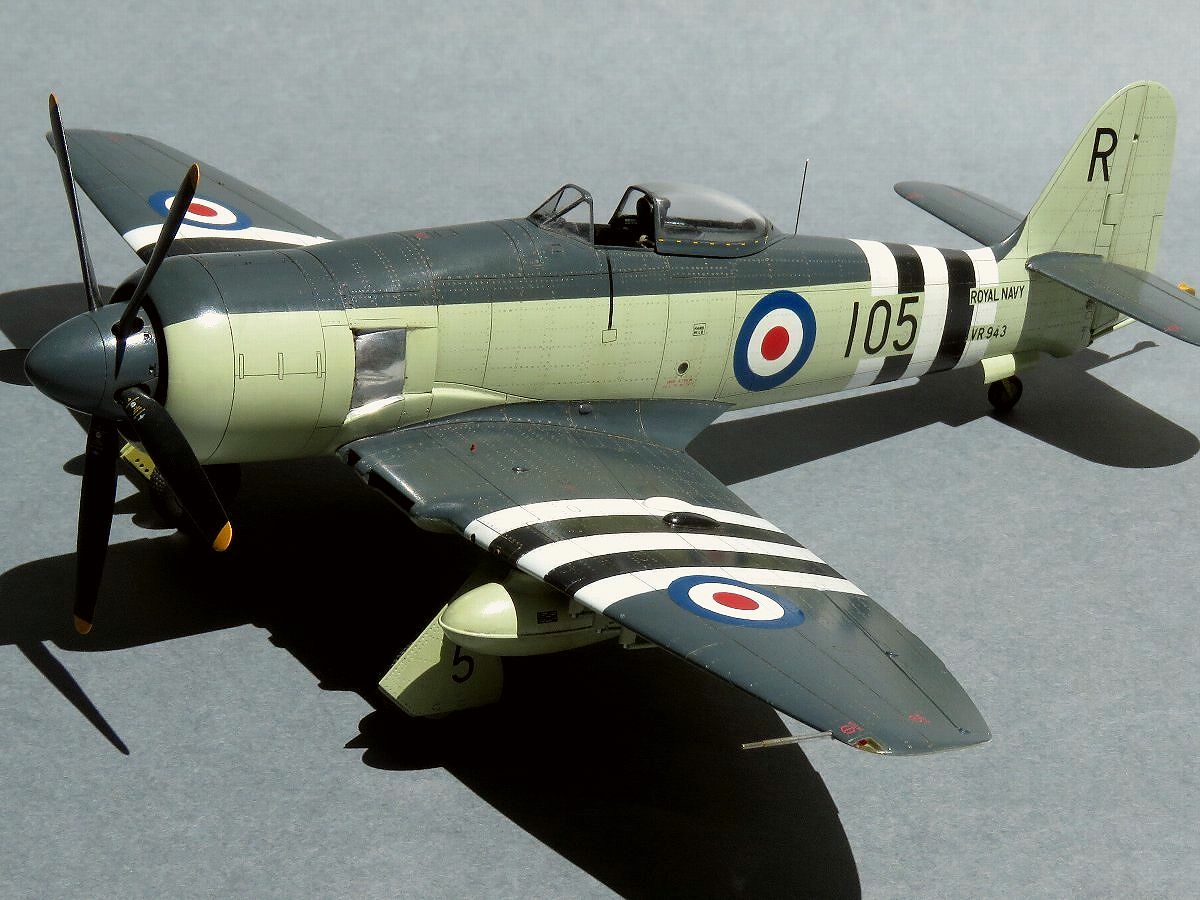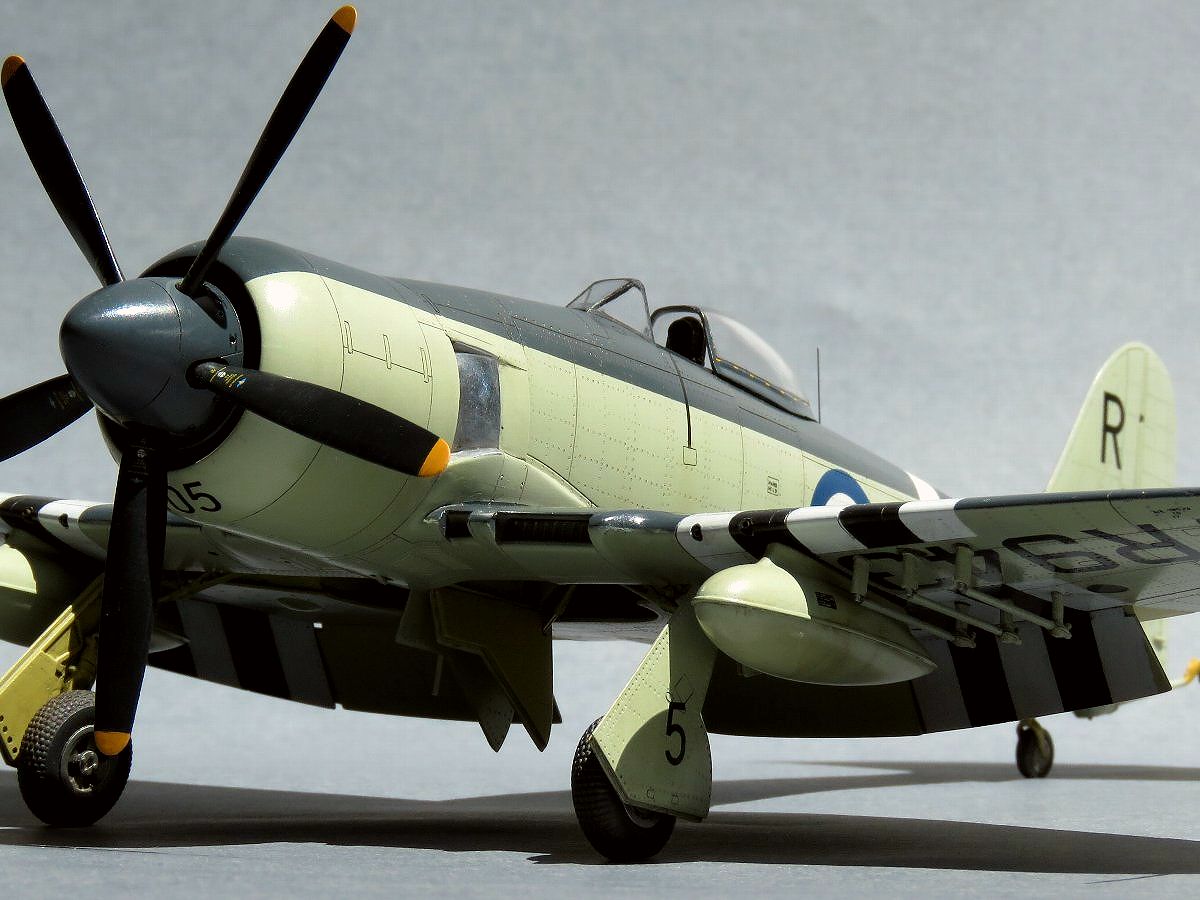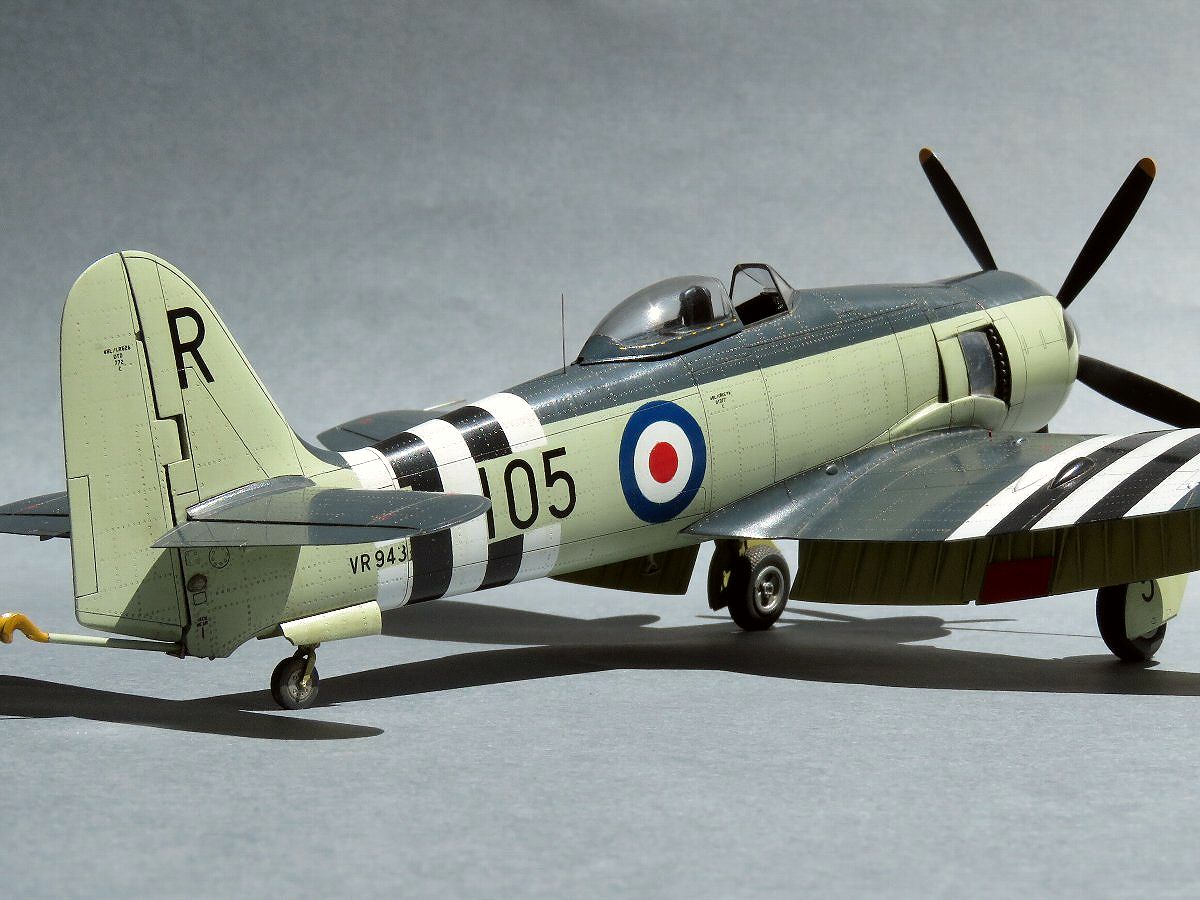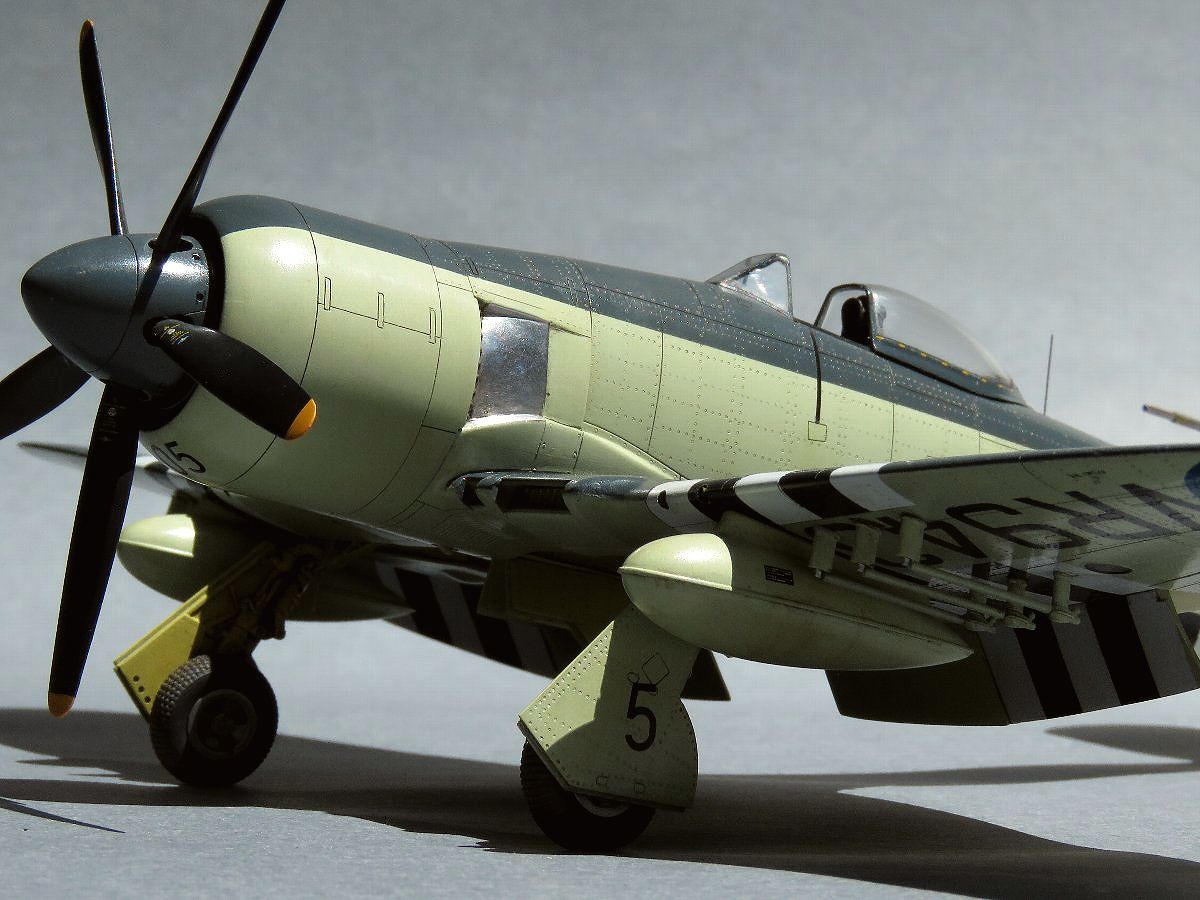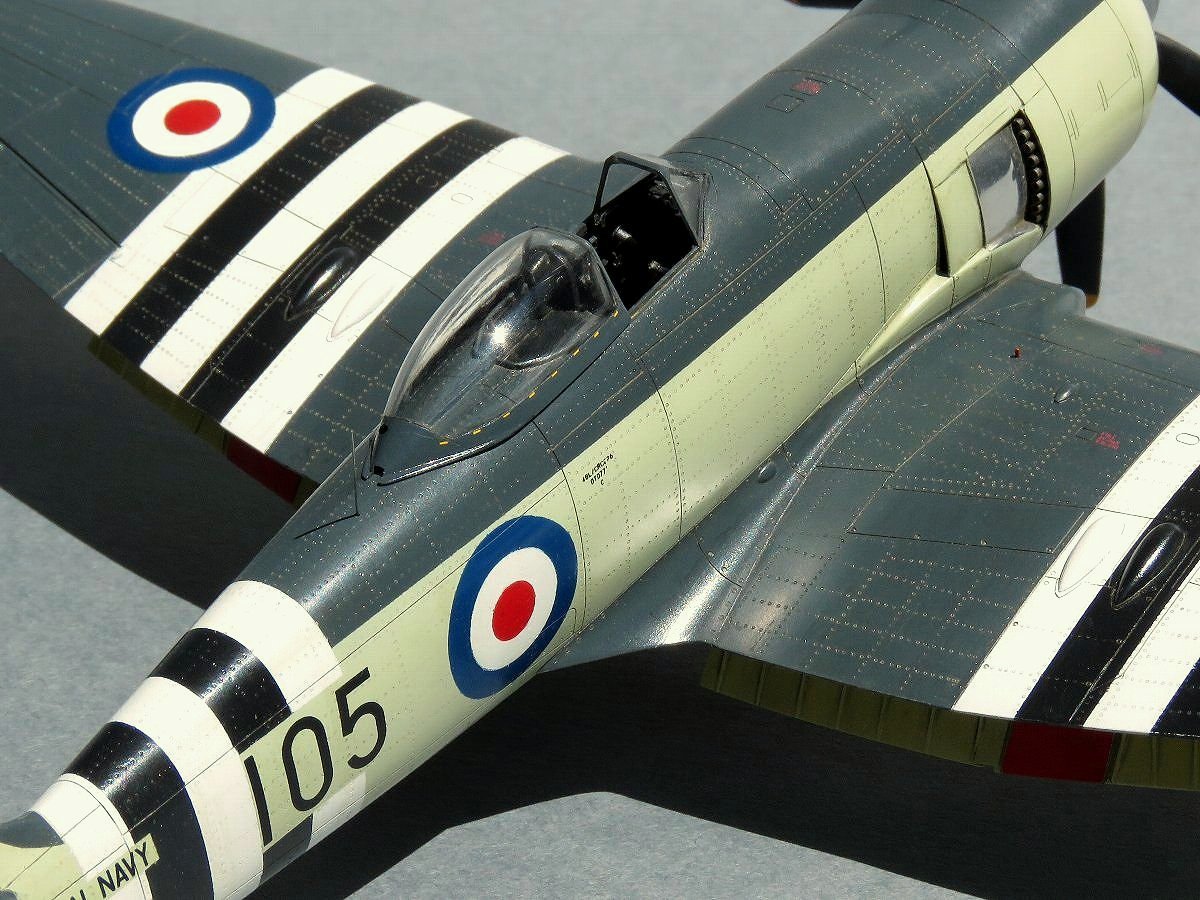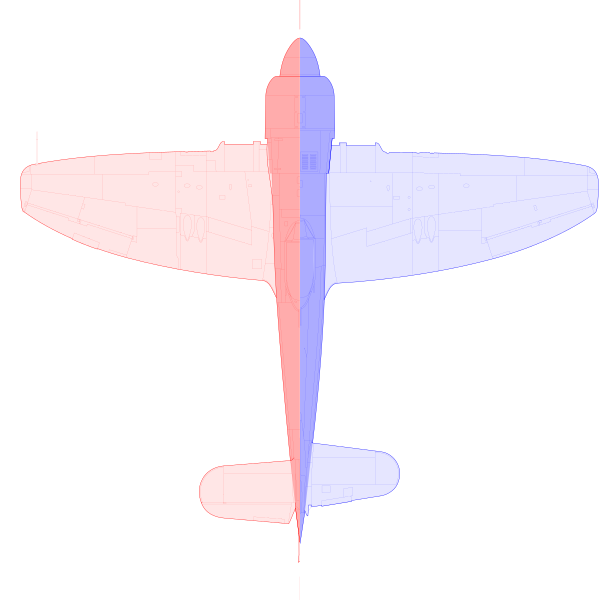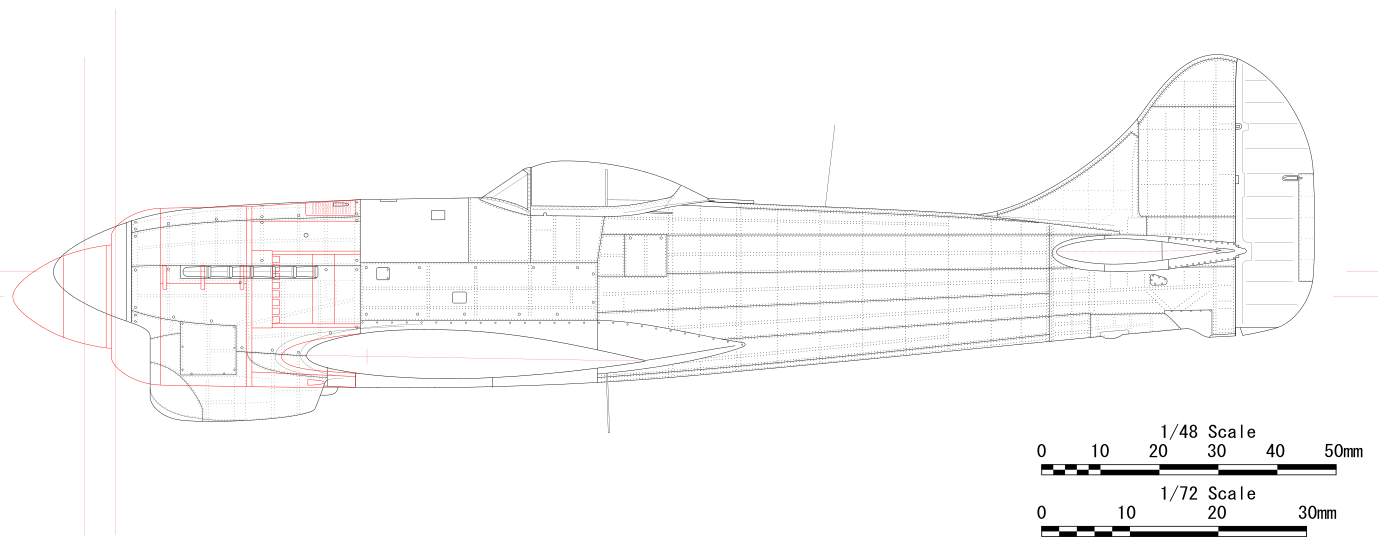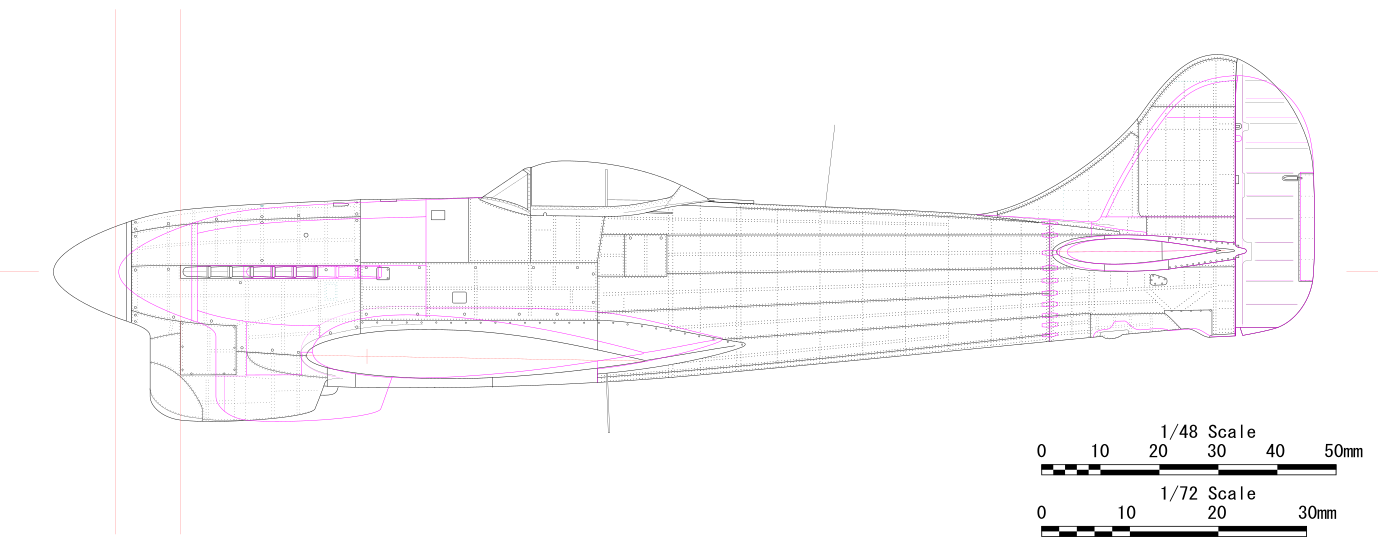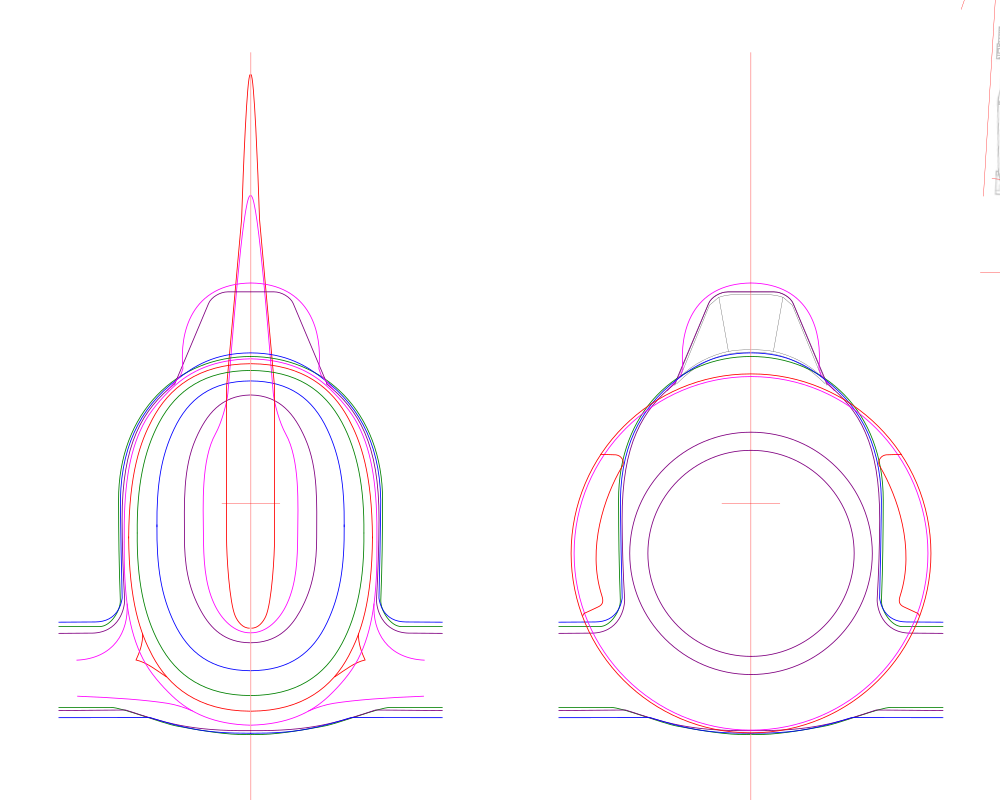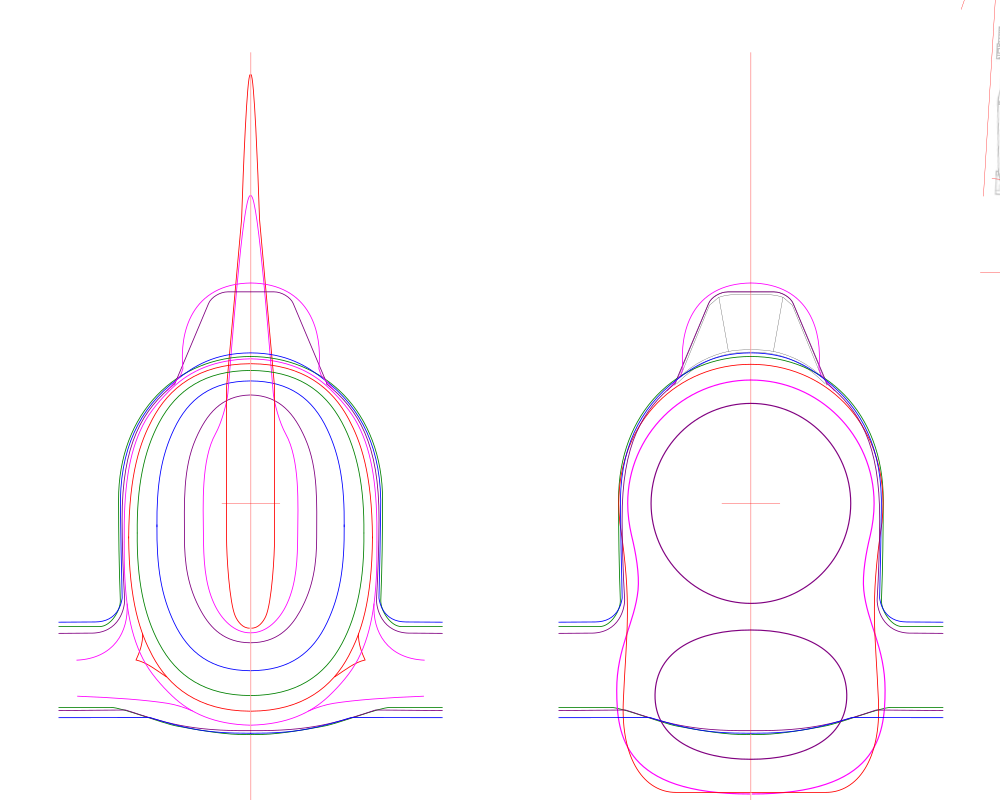| 0
|
Koku-fun Air Combat No.15
|
-
|
Bunrindo
|
| 1
|
Pilot's Notes for Sea Fury 10 & 11
|
-
|
Minister of Supply
|
| 2
|
Sea Fury FB Mk.11 Aircraft Servicing And Descriptive Handbook
|
-
|
|
| 3
|
From The Cockpit No.12 Sea Fury
|
978-0-946958-73-3
|
Ad Hoc Publications
|
| 4
|
Hawker Sea Fury in Action Aircraft Number 117
|
0-89747-267-5
|
Squadron/Signal Publications
|
| 5
|
Warpaint Series No.16 Hawker Sea Fury
|
-
|
Hall Park Books
|
| 6
|
Hawker Sea Fury In British, Australian, Canadian & Dutch Service
|
978-1-905414-11-6
|
Dalrymple & Verdun Publishing
|
| 7
|
The Hawker Sea Fury A Detailed Guide To The Fleet Air Arm's Lase Piston-engine Fighter
|
978-0-9567198-6-7
|
Valiant Wings Publishing
|
| 8
|
MDF 4 The Hawker Sea Fury Royal Navy & Export Versions
|
978-1-906959-40-1
|
SAM Publications
|
| 9
|
Warbird Tech Volume 37 Hawker Sea Fury
|
1-58007-063-9
|
Specialty Press
|
| 10
|
Hawker Sea Fury
|
2-85882-630-7
|
Ouest France
|
| 11
|
Hawker Typhoon, Tempest And Sea Fury
|
1-86126-620-0
|
Crowood Press
|
| 12
|
Sea Fury, Firefly and Sea Venom In Australian Service
|
1-875671-05-6
|
Aerospace Publications
|
| 13
|
Aicraft of the Aces 4 Korean War Aces
|
1-85532-501-2
|
Osprey Publishing
|
| 14
|
Air War Over Korea
|
0-89747-137-7
|
Squadron/Signal Publications
|
| 15
|
Korean Air War
|
0-7603-1511-6
|
Motorbooks International
|
| 16
|
Air War Korea 1950-1953
|
0-7603-0551-X
|
Motorbooks International
|
| 17
|
Aeroplane Monthly August 2001
|
-
|
Key Publishing
|
| 18
|
New Edition The Famous Airplane Of The World No.63 Hawker Typhoon / Tempest
|
978-4-89319-060-4
|
Bunrin-Do
|
| 19
|
Old Edition The Famous Airplane Of The World No.70 Hawker Typhoon / Tempest 1976/Feb
|
-
|
Bunrin-Do
|
| 20
|
Koku-fun Air Combat No.15
|
-
|
Bunrin-Do
|
| 21
|
Typhoon IA & IB Aeroplane Sabre II Engine
|
-
|
Air Ministry
|
| 22
|
Pilot's Notes For Typhoon Marks IA and IB
|
-
|
Air Council
|
| 23
|
Pilot's Notes For Tempest II / V
|
-
|
Minister of Supply
|
| 24
|
The Typhoon & Tempest Story
|
0-85368-878-8
|
Arms and Armour Press
|
| 25
|
Typhoon / Tempest in action Aircraft Number 102
|
0-89747-232-2
|
Squadron/Signal Publication
|
| 26
|
Aircraft of the Aces 27 Typhoon and Tempest Aces of World War 2
|
1-85532-779-1
|
Osprey
|
| 27
|
Combat Aircraft 86 Typhoon Wings of 2nd TAF 1943-45
|
978-1-84603-974-4
|
Osprey
|
| 28
|
Combat Aircraft 117 Tempest Squadrons of the RAF
|
978-1-4728-1454-8
|
Osprey
|
| 29
|
Warpaint No.5 Hawker Typhoon
|
-
|
Hall Park Books
|
| 30
|
Warpaint No.55 Hawker Tempest Mks.II to VI
|
-
|
Hall Park Books
|
| 31
|
Hawker Typhoon The Combat History
|
978-1-85310-908-9
|
Airlife
|
| 32
|
Monografie Lotnicze 94 Hawker Typhoon cz.1
|
83-7237-151-2
|
AJ-Press
|
| 33
|
Monografie Lotnicze 95 Hawker Typhoon cz.2
|
83-7237-159-8
|
AJ-Press
|
| 34
|
Wydawnictwo Militaria 126 Hawker Typhoon
|
83-7219-103-4
|
Wydawnictwo Militaria
|
| 35
|
Hawker Tempest Mks.I,V,II,VI,TT Mks.5,6
|
80-902559-2-2
|
4+ Publication
|
| 36
|
2nd Tactical Air Force Volume One | 1-903223-40-7
|
Classic
|
| 37
|
2nd Tactical Air Force Volume Two | 978-1-906537-01-2
|
Classic
|
| 38
|
2nd Tactical Air Force Volume Three | 1-903223-60-1
|
Classic
|
| 39
|
2nd Tactical Air Force Volume Four | 1-903223-41-5
|
Classic
|
